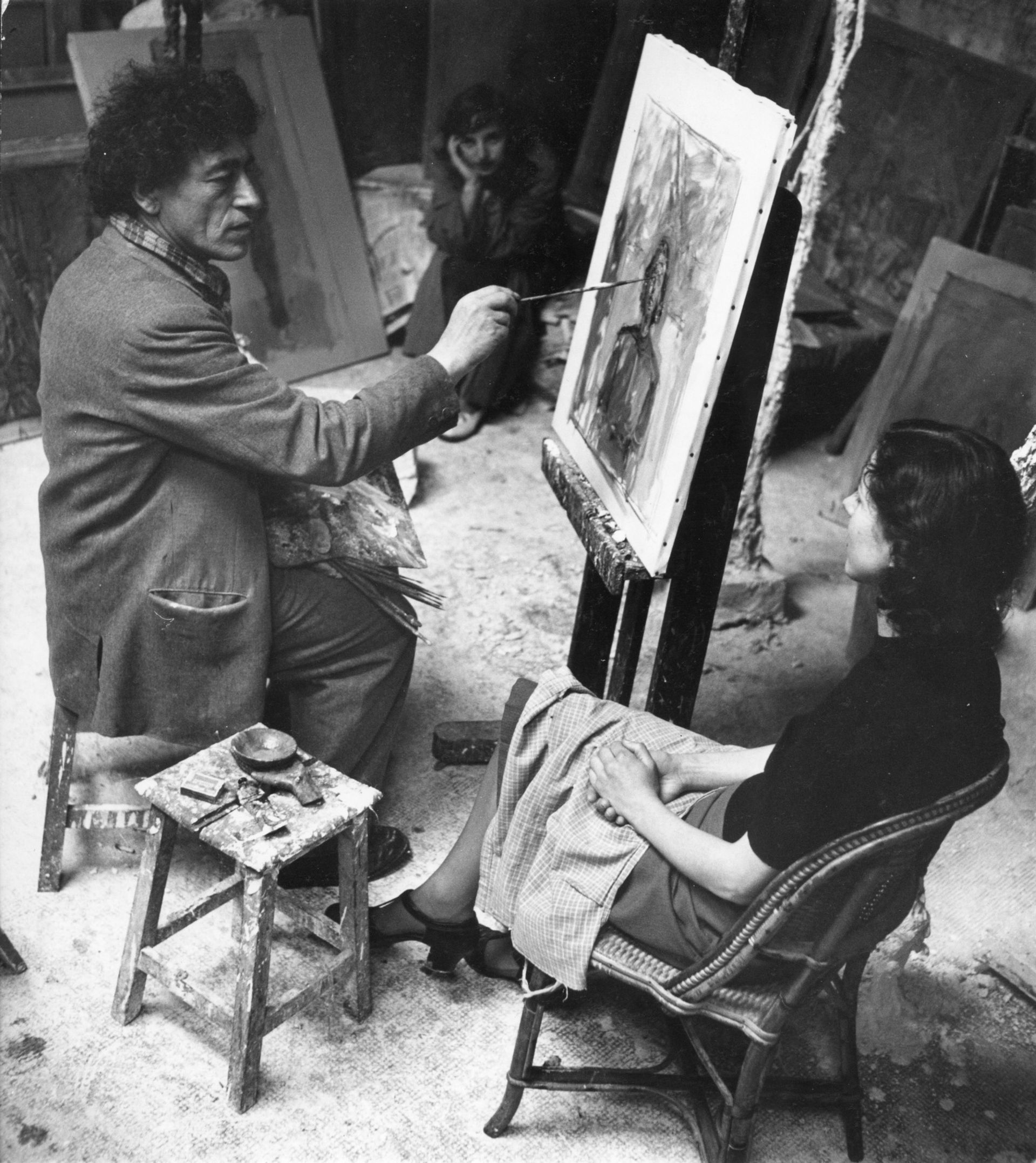An exhibition, billed as a first, which pairs Alberto Giacometti with Yves Klein, opened this week at Gagosian Gallery's space in Mayfair, London.
The 50 works in the exhibition—equally split between the two artists—are on loan from the Fondation Alberto Giacometti and the Beyeler Foundation, as well as private collections.
The exhibition's curator, Joachim Pissarro says that around “three or four” works by each artist are for sale. He adds that Alberto Giacometti, Yves Klein: in Search of the Absolute (until 11 June) could only be organised by Gagosian, which has previously worked with the Giacometti foundation and the Yves Klein Archives archives.
In the catalogue’s preface, the gallery’s director Larry Gagosian writes that although the artists lived within a mile of each other in Paris “their worlds could not have been farther part”. Pissarro admits that on the face of it they are “radically different”.
But after being approached by the gallery to pair the unlikely couple, Pissarro says he “grabbed the ball and ran with it”. As he began his research “it just opened one door after another”, he says. Both Giacometti and Klein “kept being obsessed or interested” by the same things, he says, such as Egyptian art or the “cave paintings of Lascaux”. And although there is no formal documentary evidence of them ever meeting, “Rotraut [Uecker], the widow of Yves Klein, did see them together—so we have that trace”, Pissarro says.
There is a neat instance when the artists come together in a drawing on show that was “totally unpublished until now”, Pissarro says. Giacometti made “incredible sketches in blue biro” on a piece of newsprint with an advertisement of an Yves Klein show.

Pissarro recalls that his colleague at Yale University, the late Creighton Gilbert, once pointed out that the aging Michelangelo and the young Titian were at the Vatican working in “virtually contiguous rooms” after being commissioned by Pope Julius II. “Have you ever heard a word about that meeting? Why? Because its not documented,” Pissarro says. So they would probably have met and had “the most incredible conversations”. Therefore, Giacometti and Klein’s links are not “art history fiction”, he says.

